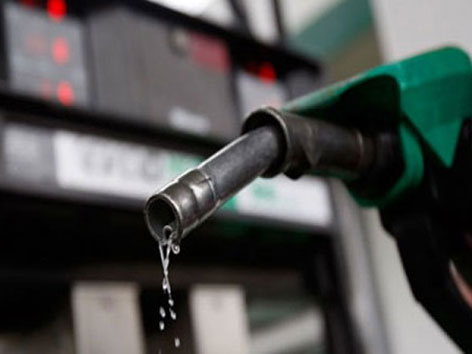Pakistan’s oil sector was dealt a significant blow in September, marking its lowest point since the Covid lockdown in March 2020. The Oil Companies Advisory Council’s data for the month paints a grim picture, revealing a staggering 34% year-on-year decline in petroleum product sales, dwindling to a mere 1.06 million tonnes. The culprits behind this collapse in sales are the soaring prices of petroleum, a reduction in overall demand, and increased pressure on the capacity of oil marketing companies (OMCs).
Looking at the damage
Furnace oil sales took a precipitous plunge, dropping 72% year-on-year to a scant 0.08 million tonnes. Similarly, sales of motor spirit (petrol) and high-speed diesel also suffered, decreasing by 18% and 24% year-on-year, respectively, to 0.52 million tonnes and 0.39 million tonnes. On a month-on-month basis, cumulative petroleum sales contracted by 28% in September 2023, with furnace oil, petrol, and diesel sales all diminishing by similar percentages.
Q1FY24 saw total petroleum sales slump by 16% year-on-year to a disappointing 3.77 million tonnes — a stark contrast to the robust 4.49 million tonnes recorded in the same period last year. All product categories witnessed reductions — petrol, diesel, and furnace oil off-takes registered at 1.85 million tonnes, 1.44 million tonnes, and 0.35 million tonnes, respectively.
How did your favourite OMC do?
A company-wise breakdown reveals that Pakistan State Oil’s (PSO) off-take declined by a significant 37% year-on-year in September 2023 due to falling sales of petrol, diesel, and furnace oil by 13%, 23%, and an alarming 94%, respectively. Similarly, Hascol, Attock Petroleum, and Shell’s dispatches also decreased by 12%, 13%, and 30% year-on-year, respectively. On a cumulative basis for the Q1FY24 petroleum sales of PSO, Shell, and Attock Petroleum depleted by 19%, 16%, and 7% year-on-year, respectively. In contrast, Hascol’s off-take demonstrated a healthy growth of 35% year-on-year.
By the end of Q1FY24, PSO’s market share had slipped by 1.7% to 50.8%, compared to 52.4% in the same period last year. Shell’s market share remained static at a modest 7.2% year-on-year. Attock Petroleum and Hascol’s market shares rose to 10.8% and 2.7%, respectively. The cumulative market share across the remaining OMCs remained steady at a substantial 28.5%.
Why the collapse?
In conversation with Profit, Omar Shafqaat, Chief Operating Officer at Taj Gasoline, and Zeeshan Tayyeb, Group Chief Operating Officer at Gas & Oil Pakistan, identified the price of petroleum to be the stand out reason for the industry wide reduction in sales.
Pakistan saw the price of petroleum products reach their highest in September. Diesel rose by 12% from Rs 293/litre in August 2023 to Rs 330/litre in September, whilst the price of petrol rose by 14% from Rs 290/litre in August 2023 to Rs 331/litre.
Tayyeb, observing the decline in personal usage, underscores how consumers have curtailed their travel to only the most essential journeys. The spell of rains that swept across the nation in September further hampered mobility, exacerbating the already dampened demand.
Turning our attention to the commercial usage of petroleum, Shafqaat elucidates, “Revisions in commercial freight typically span five to seven days. During this interim, truck owner-drivers predominantly operate on shorter routes, thereby impacting diesel sales.” He further expounds on the subject of diesel, stating that “the agricultural demand for diesel, which usually surges in Sindh around mid-September, has been delayed and is anticipated to rebound by mid-October.” However, Tayyeb remains sceptical about whether agricultural demand will be able to drive sales to levels comparable to the previous year.
The fluctuating nature of the price changes has also contributed to the dwindling sales. Petroleum prices witnessed a double increment in September. However, whispers of an impending decline were already circulating before the month concluded, with prices projected to plummet on the 1st of October. Shafqaat explains, “The volatile nature of the price changes led dealers to stock up at the month’s onset and reduce inventory towards the end. Consequently, both the beginning and end of the month saw significantly lower upliftments.”
Contrary to expectations, neither Tayyeb nor Shafqaat attributed the smuggling of Iranian crude as a significant factor for the sales collapse. Shafqaat suggests that this aspect has simply been integrated into their industry estimates. There is also the final argument that the industry is actually constrained in selling petroleum products as well.
“Trade financing requirements have nearly doubled over the past year for the oil sector with letters of credit keeping pace. This inhibits the ability of the sector to sell even if it wants to” explains Tayyeb.
























